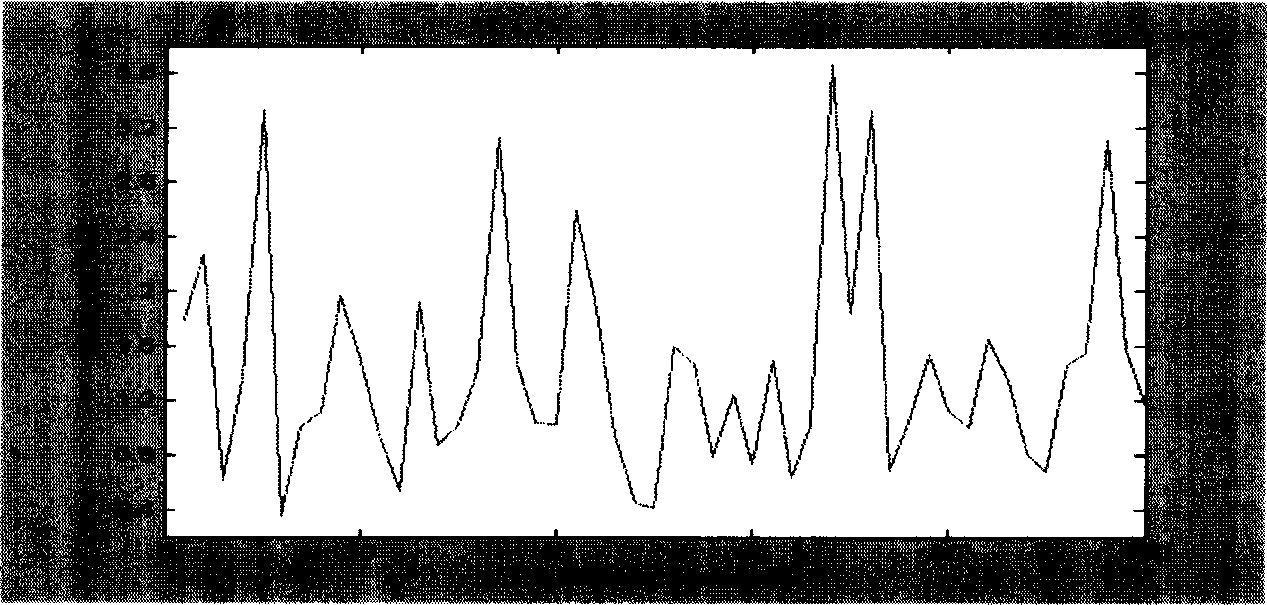Self-adaptive modulating and coding method and device based on channel information second order statistics
A technology of adaptive modulation and channel information, applied in the direction of adjusting channel coding, transmission modification based on link quality, selection of devices, etc., to achieve good BER performance
- Summary
- Abstract
- Description
- Claims
- Application Information
AI Technical Summary
Problems solved by technology
Method used
Image
Examples
Embodiment Construction
[0042] Below in conjunction with accompanying drawing and embodiment, the present invention is described in detail:
[0043] see Figure 5 , is a diagram of the judgment criterion of the SNR second-order moment of the adaptive modulation and coding method of the present invention, which not only determines the modulation and coding method (MCS) according to the SNR average value γ, but also according to the SNR variance β. For example, when γ is between γ1 and γ2, the corresponding modulation and coding method M2 is obtained; and then determined according to β, when 0<β<=βk, the corresponding modulation and coding method M2 is used, and when βk<β When <β0, the modulation and coding method M1 lower than the corresponding modulation and coding method M2 is adopted.
[0044] Figure 6 It is a schematic configuration diagram of a base station and a mobile station implementing the adaptive modulation and coding method of the present invention in an OFDM system, wherein the base s...
PUM
 Login to View More
Login to View More Abstract
Description
Claims
Application Information
 Login to View More
Login to View More - R&D
- Intellectual Property
- Life Sciences
- Materials
- Tech Scout
- Unparalleled Data Quality
- Higher Quality Content
- 60% Fewer Hallucinations
Browse by: Latest US Patents, China's latest patents, Technical Efficacy Thesaurus, Application Domain, Technology Topic, Popular Technical Reports.
© 2025 PatSnap. All rights reserved.Legal|Privacy policy|Modern Slavery Act Transparency Statement|Sitemap|About US| Contact US: help@patsnap.com



